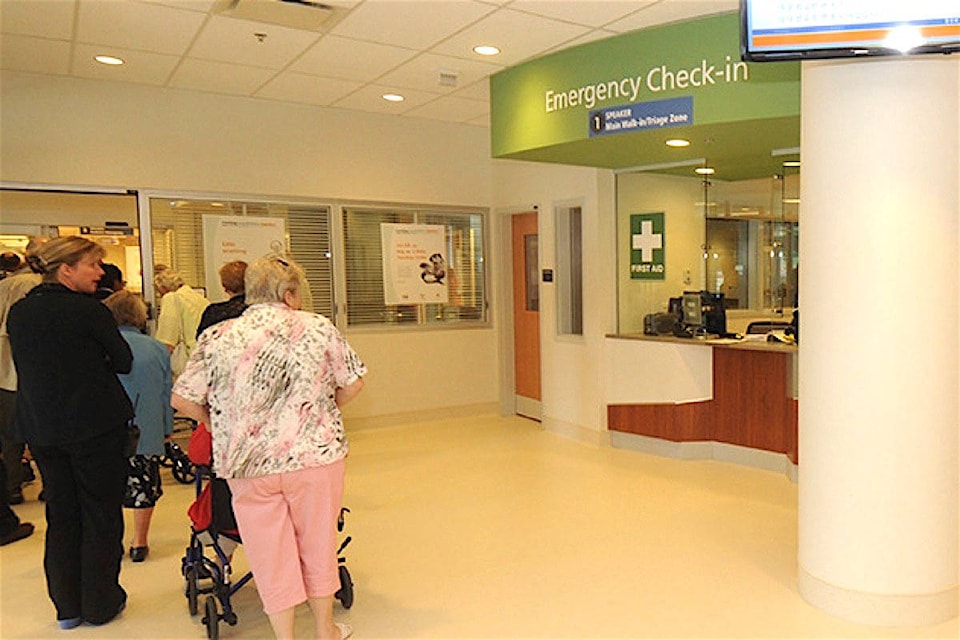Contracted senior care homes keep up with those operated directly by B.C. health authorities in most patient satisfaction surveys, but in one area they lag behind: visits to hospital and death in hospital.
That’s the finding of a new report by B.C. Seniors Advocate Isobel Mackenzie, the latest measure of performance of senior care.
“After a careful review of multi-year data, a consistent pattern emerges that shows a demonstrably greater use of he emergency department and hospital beds by residents from contracted long-term care facilities versus residents from publicly run facilities, and a stunning 54 per cent greater likelihood that you will die in the hospital if you live in a contracted care facility versus a publicly operated facility,” Mackenzie said Wednesday.
Analysis of hospital data showed that residents of contracted care homes were 32 per cent more likely to be sent to emergency, 34 per cent more likely to be admitted to hospital, spent more time in hospital and were 47 per cent more likely to be transferred to a different level of facility when released.
The B.C. Care Providers’ Association, representing contracted care homes, disputed the findings. Association CEO Daniel Fontaine said the report does not determine how many of the higher rate of emergency visits were legitimate visits, and the report contains “questionable assumptions and political buzzwords, rather than independent research.”
Health Minister Adrian Dix said in an interview the gap between public and private care home staffing occurred during the B.C. Liberal government, when 91 per cent of care homes didn’t meet provincial standard for direct care hours. The health care budget now includes a record increase intended to meet that standard, on average, in every health authority, he said.
“I’m acting on care standards, I’m acting on more beds, I’m acting on improving supports in the community because we want fewer people going into care,” Dix said.
There are 293 publicly subsidized care facilities in B.C., a third of which are directly operated by provincial health authorities. The rest are contracted with a mix of private companies and not-for-profit organizations.
RELATED: Care home directory rates B.C. facilities
Previous studies by Mackenzie’s office have noted that contract care facilities are funded for fewer hours of direct care than public facilities, including physiotherapy, occupational and recreational therapy. They also are the subject of more complaints from residents and families.
“We know that contracted facilities have more substantiated complaints and reportable incidents than public facilities,” the report states. “But in the recent province-wide satisfaction survey of all subsidized contracted and public care facilities in the province, there was no overall difference in the level of satisfaction and quality of life indicators between those facilities operated by a health authority (public) and those facilities operated by the contractors.”
